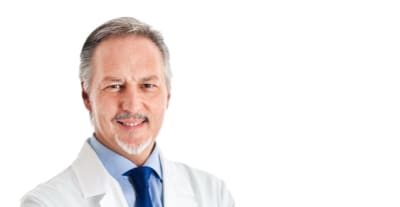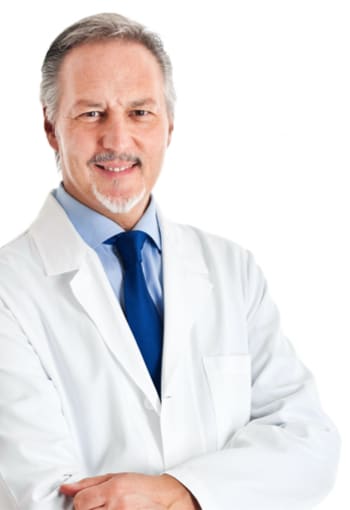ROSEMONT, Ill. – The American Association of Oral and Maxillofacial Surgeons (AAOMS) held sessions of its National Simulation Program to enhance anesthesia safety for the first time at its new OMS Institute for Education and Innovation in Rosemont, Ill.
Thirty oral and maxillofacial surgeons (OMSs) practiced critical techniques for administering and monitoring office-based anesthesia in November during two sessions of the Office-Based Emergency Airway Management (OBEAM) module during the first use of the center’s simulation labs.
The OBEAM module offers AAOMS members an opportunity to refine techniques on manikins until they meet best-practice protocols during simulation of various real-life emergency airway situations – without the risk of harming patients. The state-of-the-art technology enables participants to receive immediate data-driven feedback and pinpoint areas that may benefit from additional training. Software records missed steps and time for attempts during each scenario.
Through the program’s standardization, all attendees participate in the same simulated events – allowing for more objective assessments. The program employs best-practice principles similar to those in commercial aviation, which uses simulation to train pilots for adverse events. In the mastery-based cooperative learning model, small groups collaborate to enhance learning.
“The incorporation of simulation training will help each AAOMS member refresh and maintain their airway rescue skills, effectively enhancing patient safety,” said OMS Deepak Krishnan, DDS, FACS, Chair of the AAOMS Committee on Anesthesia. “The OBEAM course is designed for low-risk training with the intent to deliver high-stake results in office-based airway emergencies.”
OBEAM is one of three modules in the National Simulation Program that refreshes attendees’ knowledge and skills, informs of new techniques and tools and covers the needs of the OMS office-based anesthesia team. The other modules are Office-Based Crisis Management (OBCM) and an online sedation course.
During the four-hour OBEAM module, participants review and practice concepts and skills for sedation monitoring and techniques for supplemental oxygen, opening an airway, bag-valve-mask (BVM) ventilation using one- and two-handed techniques, laryngeal mask airway (LMA) insertion and use of the Airtraq laryngoscope for endotracheal intubation (a procedure during which a tube is inserted into the windpipe). Ventilation parameters are manipulated so difficult BVM can be practiced and mastered after mastery of BVM in a normal configuration.
To develop the simulation program, AAOMS consulted with John J. Schaefer III, MD, Professor of Anesthesiology and Lewis Blackman Endowed Chair for Patient Simulation and Research at the Medical University of South Carolina and CEO of Simulation Training Solutions, LLC. He is recognized internationally as one of the foremost experts in medical simulation and has been instrumental in validating the AAOMS National Simulation Program.
The program joins other AAOMS initiatives and resources that strive to enhance patient safety and members’ training and skills in anesthesia administration and monitoring – including the Office Anesthesia Evaluation Manual, Dental Anesthesia Incident Reporting System and certification requirements.
The module was previously held at the 2019 AAOMS Annual Meeting in Boston, Mass., the 2021 AAOMS Annual Meeting in Nashville, Tenn.
With a large classroom, meeting room and simulation labs, the OMS Institute for Education and Innovation hosted its first event in March 2020 and is scheduled to hold other AAOMS conferences and meetings.

